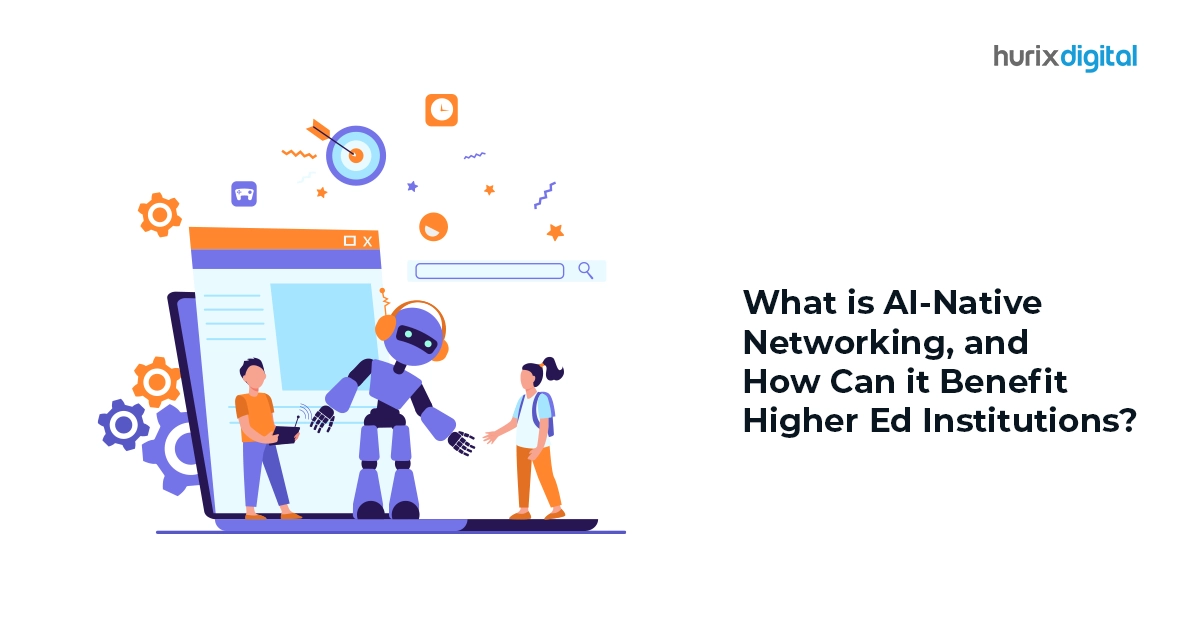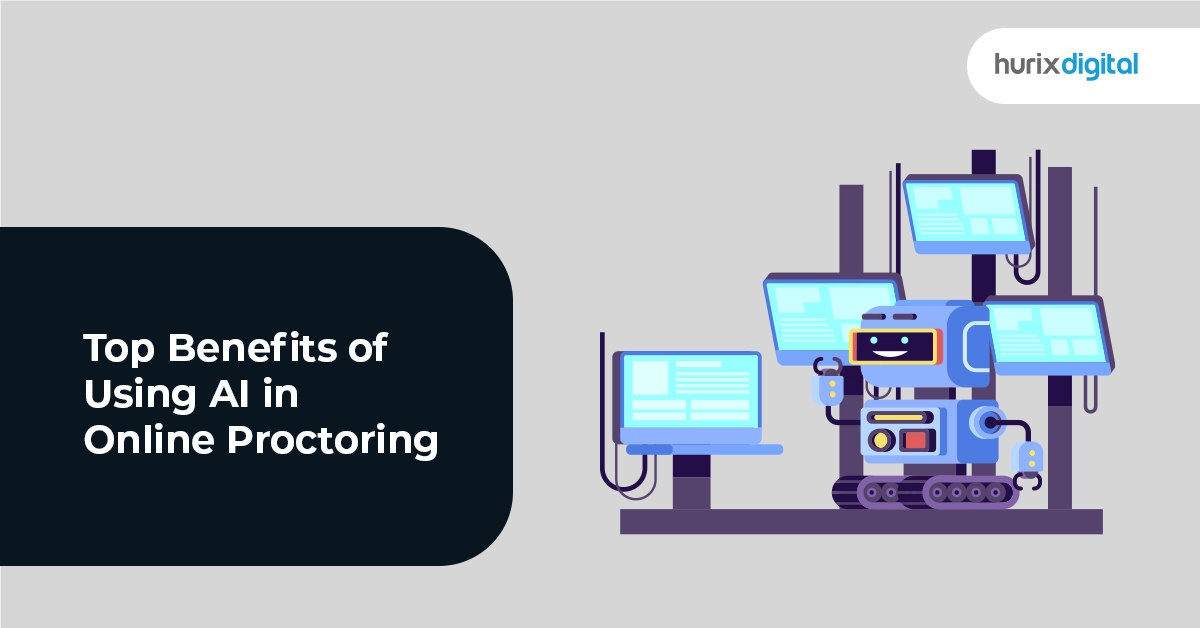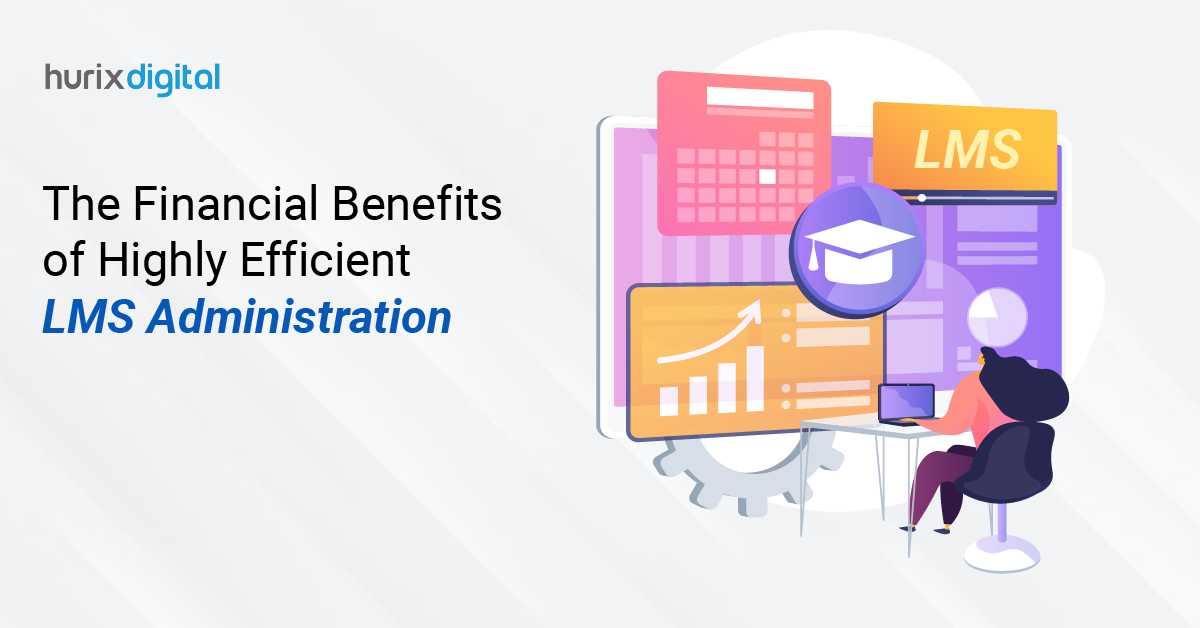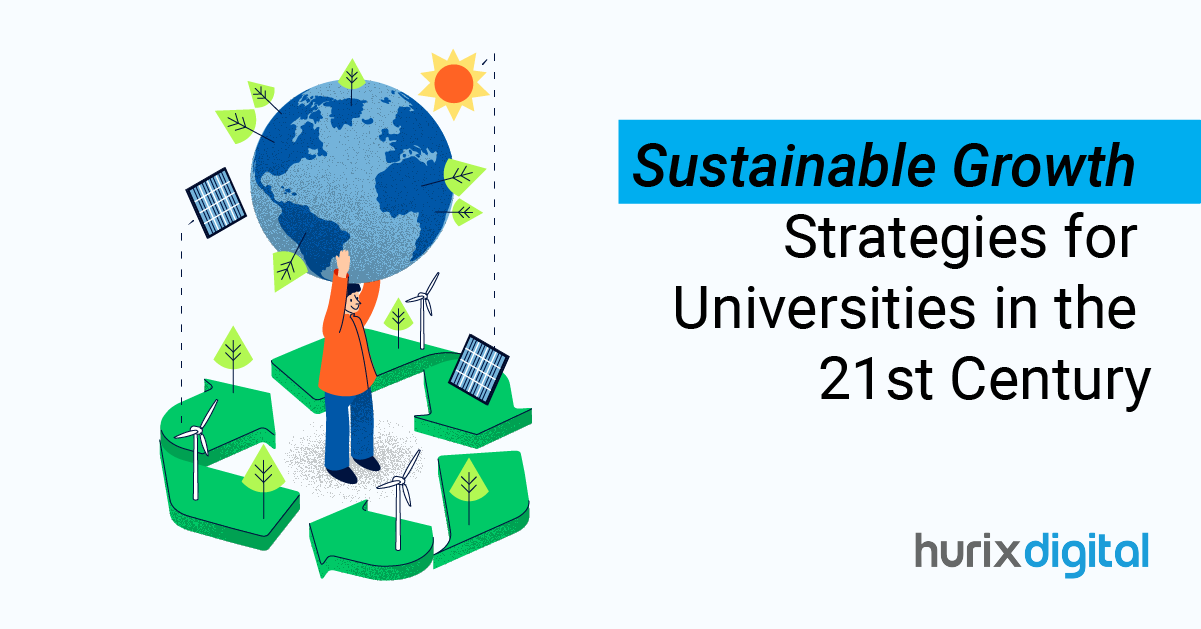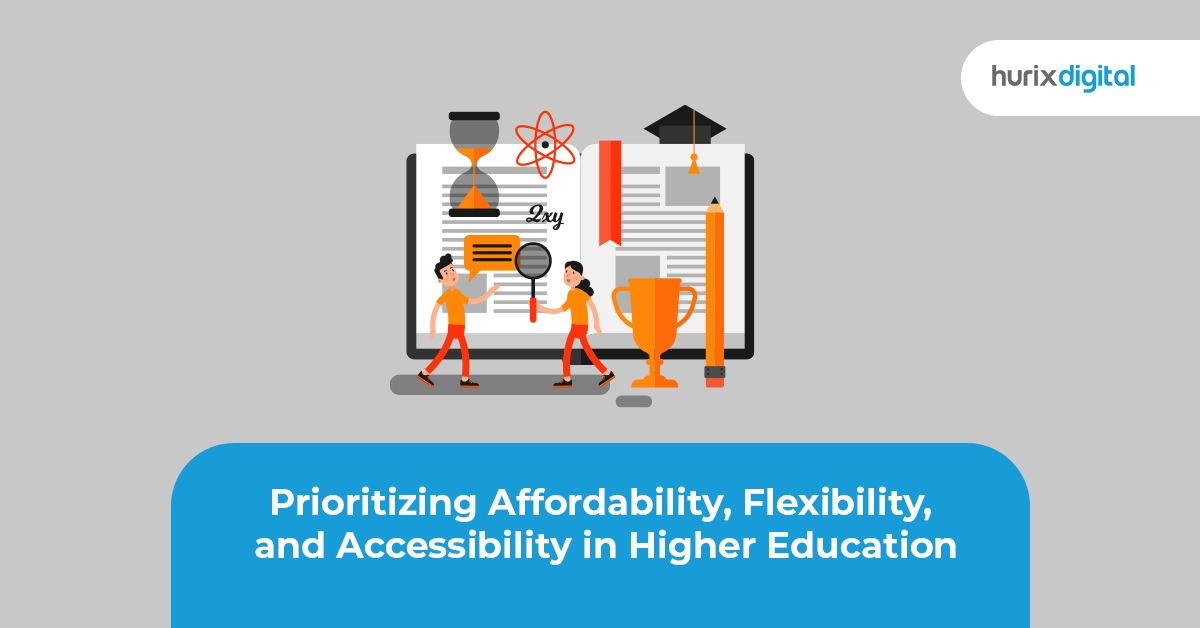
Prioritizing Affordability, Flexibility, and Accessibility in Higher Education
Summary
Explore the importance of affordability, flexibility, and accessibility in higher education. This article provides strategies for creating inclusive and cost-effective educational opportunities.
Envision a setting in which all learners, regardless of their learning styles or areas of differential abilities, have equal access to higher educational resources.
With revenue predicted to grow at an annual rate of 8.56% (CAGR 2024–2029), the market is anticipated to reach an estimated worth of $279.30 billion by 2029. This suggests the growing demand for eLearning solutions due to their manifold benefits. Top-rated among these benefits are affordability, flexibility, and accessibility of higher education!
This blog demonstrates how eLearning is democratizing learning opportunities worldwide and examines its substantial impact on affordable higher education.
Table of Contents:
- eLearning for Affordable Higher Education: A Cost-Effective Approach
- Flexibility in eLearning for Higher Education
- How eLearning Is Paving the Way for Accessible Higher Education?
- Summing Up
eLearning for Affordable Higher Education: A Cost-Effective Approach
The traditional model of higher education is being transformed by eLearning, which has substantially decreased economic obstacles. Here are some key aspects of higher education affordability:
1. Reduced Expenses on Textbooks
Compared to traditional textbooks, eLearning platforms frequently offer students digital course materials at lower prices.
By providing electronic resources, educational institutions assist students in reducing the expense of costly printed textbooks, thereby relieving a substantial financial burden on students.
2. Savings on Tuition Fee
Due to their generally lower costs compared to their on-campus counterparts, online courses and degree programs are a more affordable choice for students.
Lower tuition costs encourage affordability and accessibility by allowing students to opt for cost-effective education without incurring excessive loans or financial stress.
3. No Travel or Accommodation Fees
Thanks to eLearning, students can study from home without the need for pricey on-campus housing and associated costs. Higher education learners can save from reduced rent, dorm fees, and other housing expenses by opting for online learning, which promotes affordable degree programs.
4. Possibility of Part-Time Study
Students can pursue higher education on a part-time basis through eLearning while earning a living or taking care of other obligations. With this option for part-time study, individuals can complete their degree at their own speed while juggling work and school to maintain their financial stability.
5. Open Educational Resources (OER) Access
Open educational resources (OER) are freely available digital materials that can be used in place of or in addition to traditional textbooks, and they are frequently incorporated into eLearning platforms.
By using OER, institutions can reduce the total cost of instructional resources for students, encouraging affordability in online learning and expanding access to high-quality material.
Also Read: Top 10 Roles of AI in Skill Development in Higher Education
Flexibility in eLearning for Higher Education
The flexibility that eLearning offers represents a fundamental change in the way that education is obtained and provided; it goes beyond simple functionality.
1. Asynchronous vs Synchronous Learning Possibilities
eLearning can be synchronous or asynchronous, based on the student’s needs. It can be synchronous, which means students in a single class and at the exact same age learn the same material simultaneously.
Even though this continues to be the norm in education, it is crucial to accept the shifting emphasis on customization of the learning process due to technological advancements.
However, Asynchronous learning gives each learner the freedom to study at their own speed and convenience. It makes learning a worthwhile and high-quality process by flexible course schedules that let students select when and how to learn.
2. Provides Adaptive Learning Routes
eLearning platforms use adaptive educational tools to customize course materials to the unique requirements and interests of each student.
These technologies employ algorithms to evaluate learner metrics and constantly modify the way content is presented, how quickly lessons are delivered, and how challenging tasks are prepared according to the pupil’s performance and advancement.
For instance, the platform might offer extra insights or remedial lessons to a learner who frequently has trouble understanding a certain idea to assist them in becoming proficient with the subject.
On the other hand, the platform might offer challenging assignments to learners who show mastery in a particular subject to keep them driven and interested. eLearning technologies maximize learning outcomes and guarantee that education is efficient for all students by adjusting to their specific educational requirements.
3. Personalized Feedback and Assessments
eLearning platforms offer interactive evaluations with comprehensive feedback, helping students pinpoint their particular areas of deficiencies and strengths. This feedback helps students monitor their development, work on areas for growth, and choose relevant learning tactics.
eLearning improves the educational process and encourages more in-depth interaction with the content by offering prompt, personalized feedback.
How eLearning Is Paving the Way for Accessible Higher Education?
eLearning has proven beneficial in improving accessibility for students with varying backgrounds and learning requirements.
1. Easy Access to Instructional Tools and Resources
On conventional campuses, for instance, people with disabilities frequently encounter physical obstacles that obstruct their ability to learn. eLearning platforms provide adaptive technologies and tools to ensure that students with visual, auditory, or mobility impairments have equal access to instructional materials.
2. Transcends Geographical Barriers
eLearning crosses regional boundaries, enabling people in isolated or underprivileged areas to access higher education. Today, students from underdeveloped nations, rural areas, or places with poor educational infrastructure can enroll in online courses provided by eminent global universities and institutions.
Thanks to distance learning’s flexibility, people can now pursue their academic goals regardless of where they live or their financial situation.
3. Boosts Diverse Learning Styles
eLearning platforms offer a wide array of multimedia content, in contrast to traditional classrooms, which frequently depend on lectures and books. Examples of this content include games, dynamic simulations, videos, and surveys.
Learners are engaged in a variety of content, which enhances the interactive, engaging, and rewarding aspects of learning. While tactile learners might prefer practical exercises or simulations, visual learners may profit from watching educational videos or data visualizations.
Check out EXCLUSIVE: Hurix Minibook: The Paradigm Shift in Higher Education with Curriculum Development
Summing Up
eLearning has revolutionized higher education by providing a more accessible, flexible, and economical substitute for conventional on-campus programs. Institutions can reduce financial barriers, expand academic possibilities for a diverse student body, and promote affordable higher education by utilizing technology and digital platforms.
To guarantee that every student has the chance to realize their full abilities through online learning, educational groups must work together, be creative, and support eLearning as it continues to open up access to affordable higher education for all people.
If you are looking for eLearning solutions for higher education, get in touch with Hurix Digital. Our proficiency in developing curricula, producing innovative educational materials, and producing visually stunning media benefit students effectively.
Want to learn more? Contact us today!

Senior Vice President
A Business Development professional with >20 years of experience with strong capability to sell new solutions and develop new markets from scratch. New Market Entry Specialist with experience of working in two of the largest emerging markets – China & India. Also covered other key markets in APAC, US, EU & ME. Exceptional experience of conceptualizing, ideating and selling new learning technologies like VR AR, etc. across multiple industry verticals.
